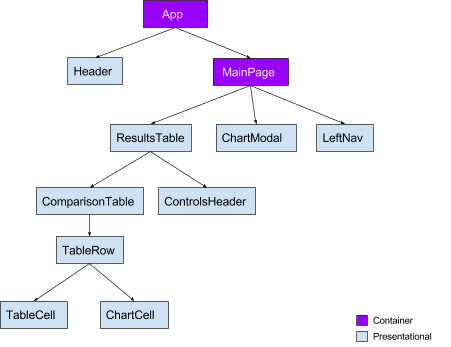The NEW React Context API provides the ability to pass props to child components without needing to pass them down manually.
Simple answer: To share data with one or many child components without passing props/prop drilling.
You could use it just to avoid prop drilling through multiple intermediate components to pass data from a parent level component to a child nested a few levels deep...however it is better served when needing to pass "global" data to multiple components at various levels within the component tree.
Use cases could include:
- current authenticated user
- theme
- language
- React.createContext
- Provider
- Consumer
React method that takes a defaultValue argument and returns an object with the Provider and Consumer pair.
const defaultValue = {}
const UserContext = React.createContext(defaultValue)
export default UserContextA component that takes a value prop and passes it to one (or many) descendant Consumer component(s).
Note: Providers can be nested to override values deeper within the tree.
import UserContext from '../filepath/UserContext'
<UserContext.Provider value={this.state.user}>
// descendant components rendered here
</UserContext.Provider>A component that subscribes to context changes of its closest matching parent Provider component.
The Consumer component requires a function as a child, which returns a React node. The only argument of the function represents the value of the value prop of the closest Provider component (or the default value of the createContext if one is not defined).
import UserContext from '../filepath/UserConext'
<UserContext.Consumer>
{ value => {
return (
<h1>{`Welcome, ${value.username}!`}</h1>
)
}}
</UserContext.Consumer>- Context does not have dev tools currently
- Redux USES context behind the scenes
- The new context does not include anything like reducers, actions, or middleware
- If all you are using redux for is glorified prop-drilling, then you can likely replace with the context api
Notes:
- Don’t use context just to avoid passing props a few levels down. Stick to cases where the same data needs to be accessed in many components at multiple levels.
- All consumers are re-rendered whenever the Provider value changes
- Uses
Object.is()to compare whether changes have occured in parent value - When React renders a context Consumer, it will read the current context value from the closest matching Provider above it in the tree.
- The defaultValue argument is used when you render a Consumer without a matching Provider above it in the tree. This can be helpful for testing components in isolation without wrapping them.
